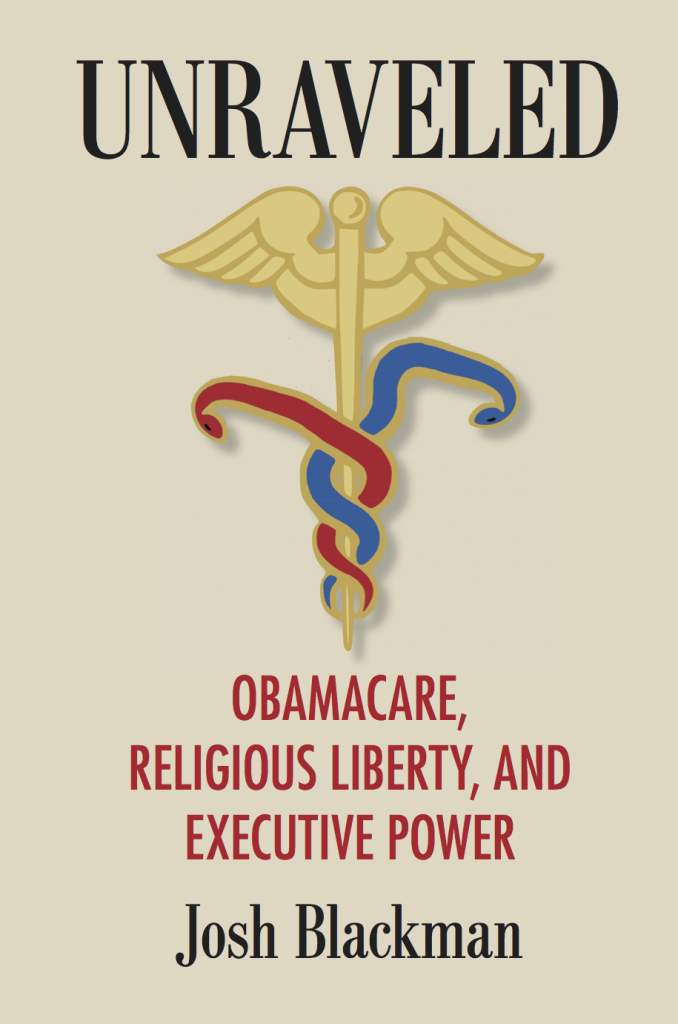I often dream about the Supreme Court. Don’t try to psychoanalyze me–just go with it. Last night I dreamt that I was sitting next to Justice Breyer, and showing him the galleys for Unraveled. The first thing he did was the “Washington read.” He quickly flipped to the index to see how many times his name was mentioned. I can’t tell you how many people did this for Unprecedented, and told me–complained, really–that their names weren’t listed enough. I expect similar complaints this go-around, because Cambridge does not index the names of authors in the footnotes.
In any event, after checking out his own name, Breyer flipped to the other justices to see how many times they were listed in the index. I remember telling him that because Justice Thomas doesn’t ask any questions, he’s not in the book very often. I also remember seeing a typo in the manuscript–which I am positive is actually there–but I have no recollection of what it was. I’ll see it once the book is published.
Well Justice Breyer, in case you were trying to contact my subconscious, here are your entires in the index of Unraveled.
Breyer, Stephen G. (Justice), 6, 294
King v. Burwell and, 479
on Medicaid expansion, 546
NFIB v. Sebelius and, 122–123
nomination of, 487–488
religious freedom rulings and, 254, 306, 308
Supreme Court budget hearings and, 418
on Supreme Court building, 515
Wheaton College ruling and, 310
Zubik v. Burwell and, 505–508, 516–517, 521, 523, 534
And here is Justice Thomas’s far-more paltry index listings:
Thomas, Clarence (Justice), 78, 123, 229, 250, 343, 442, 479, 481
on Medicaid expansion, 546
nomination of, 486–487
Zubik v. Burwell and, 521
By far, the Justice with the most mentions in this Obamacare book is (shocker) the Chief:
Roberts, John (Chief Justice), xxiii
Cruz and, 465–467
defunding proposals for ACA and, 25
on former chief justices, 432–433
on Garland nomination, 492
individual mandate in ACA and, 91, 116–117, 190, 344, 346
on judicial nominations, 230–231
King v. Burwell and, 387–388, 399–402, 433–435, 437–444, 465–467
on Medicaid expansion, 546
nomination of, 465–467, 487–488
religious freedom rulings and, 255–257, 261, 264, 293–294, 303
Scalia’s death and, 479–482, 520
Supreme Court rulings on ACA and, 59–60, 75, 77–78, 130, 251, 270, 291–292, 560
tax credits in ACA and, 122–123
Verrilli on, 518
Zubik v. Burwell and, 503, 508, 510, 512–514, 521, 524–527
